I am Jinta from Japan. I introduce my favourite Filipino foods.
This time, I will introduce how to make the Filipino “Espasol”. You can enjoy it with ingredients available, so please take a look at it for reference.
My first encounter with Espasol was in Tagaytay, a summer resort south of Manila. A Filipino friend bought it for me, and my heart was touched by its nostalgic taste.
In the Kyushu region in Japan, where I’m from, I think… There is Korean candy, isn’t there? It reminded me of the Korean candy I used to eat as a child. I know that Filipino espasol has coconut milk in it. It is an indispensable ingredient in the Philippines.
Now I will show you how to make “Espasol”, with photos. I hope this will be helpful to you.
Let’s get started!
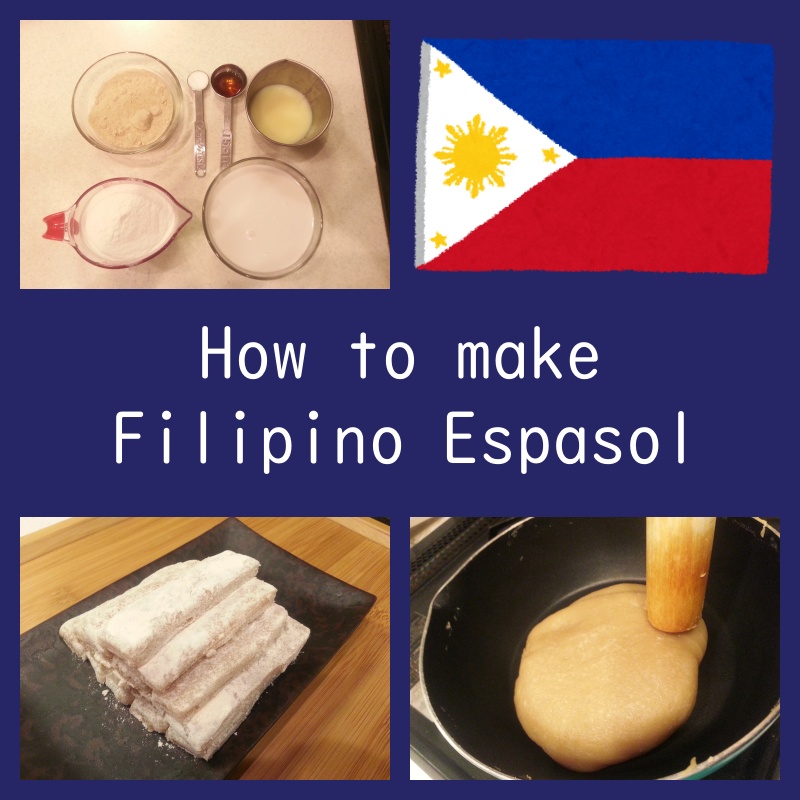
What is Espasol?
Filipino espasol is a traditional Filipino sweet made from rice flour, coconut milk, sugar and grated coconut. It is a popular snack and dessert in the Philippines and is often eaten on special occasions or as a fun treat.
Espasol has a simple, comforting taste. For many Filipinos, it is a nostalgic snack associated with family gatherings, festivals and merienda (light meals). It is also a satisfying dessert that symbolises the tradition and richness of Filipino cuisine and is loved by people of all ages.
Ingredients
Let’s take a look at the quantity of glutinous rice flour that makes 1 cup of Espasol.
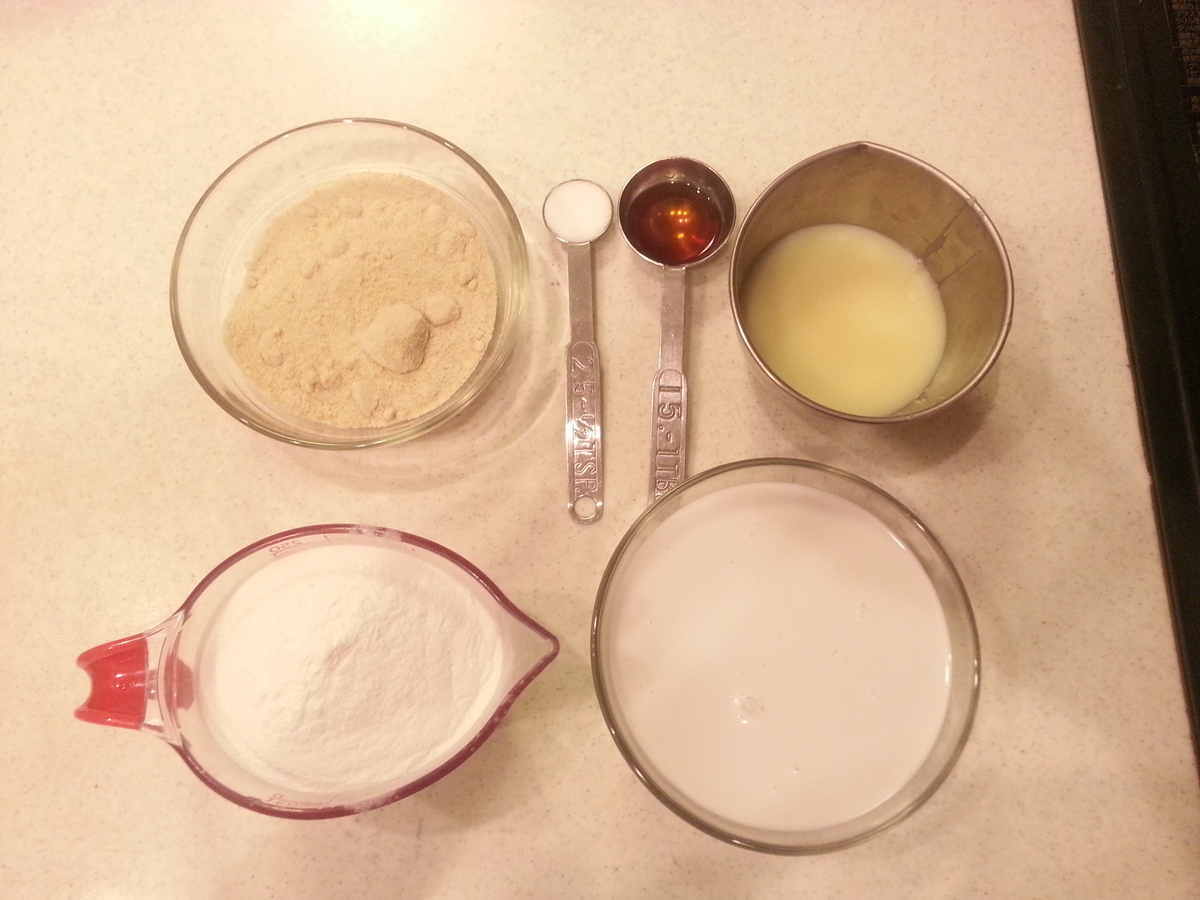
- 1 cup glutinous rice flour (for the body)
- 1/4 cup glutinous rice flour (for the batter)
- 1 cup coconut milk
- 1/2 cup sugar
- 1/2 cup condensed milk
- 1/2 tbsp vanilla essence
- 1/2 teaspoon salt
This is important! There’s glutinous rice flour and rice flour, but when making Espasol, buy glutinous rice flour.
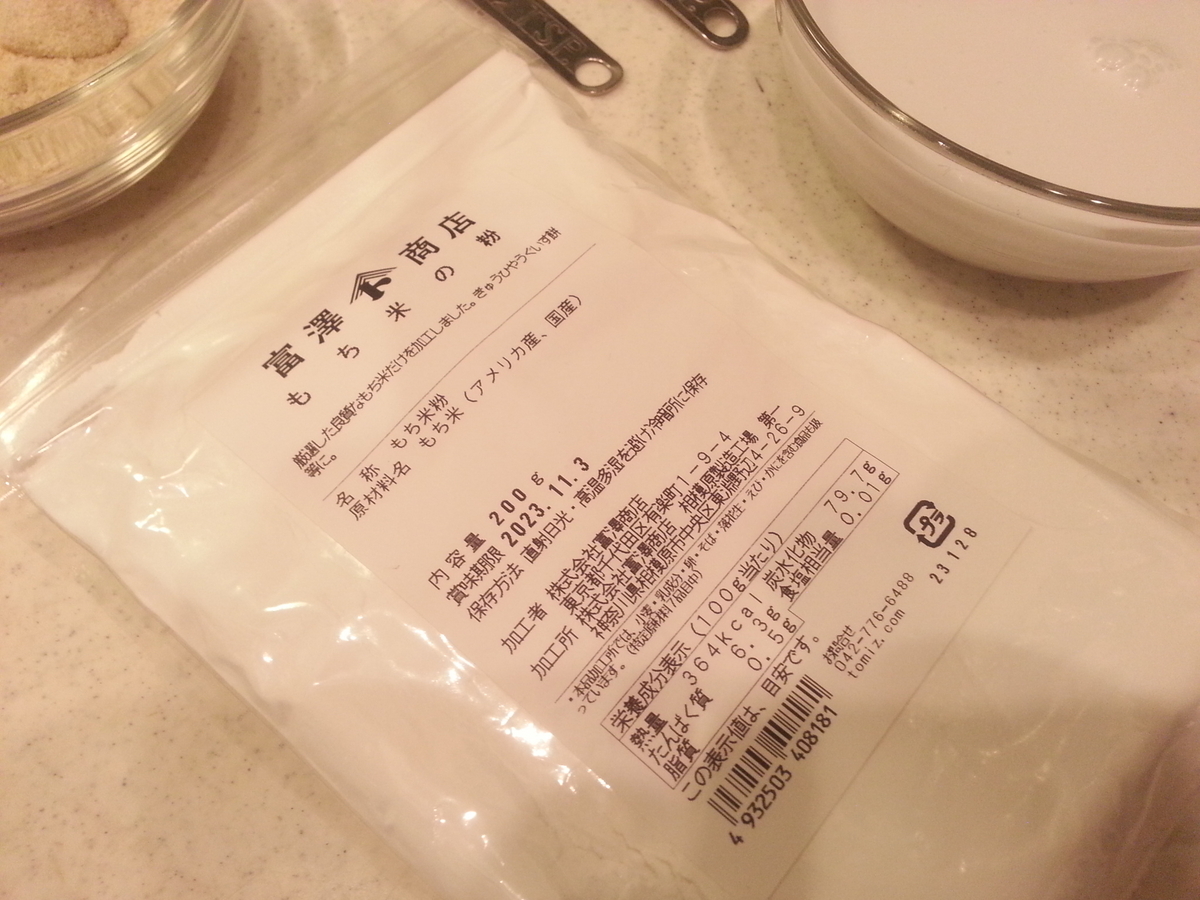
▼Check ‘glutinous rice flour’.
Personally, I think the maximum amount of sugar and condensed milk for Japanese taste is the 1/2 cup each mentioned above. It is just enough not to be too sweet. If you want it to be less sweet, you can adjust the sugar to 1/4 cup.
Coconut milk can be purchased by mail order. I often use this CHAOKOH.
How to make Espasol.
I will now show you how to make it, using photos.
First, fry all (1 and 1/4 cups) of the glutinous rice flour in a pan until lightly coloured. Medium heat.
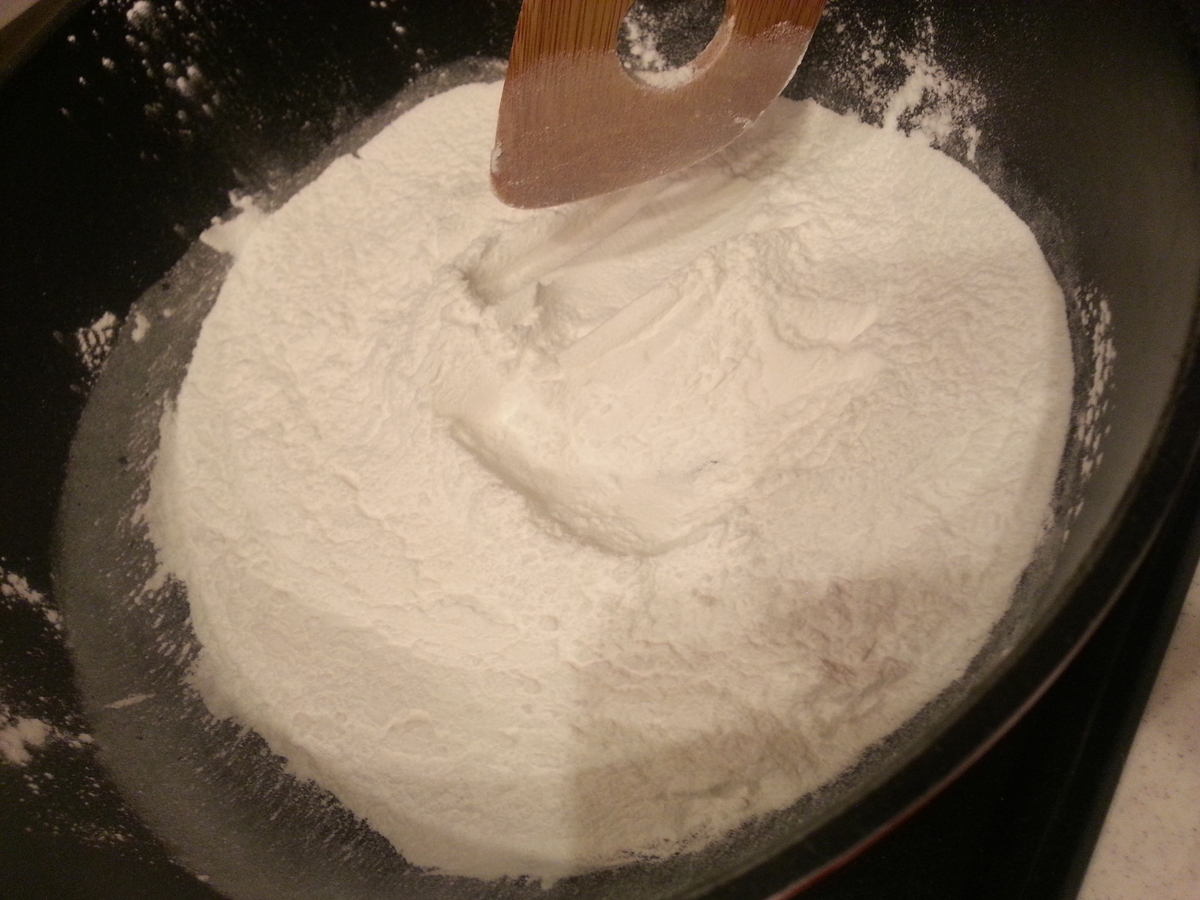
When it turns creamy like this, it’s OK. 5-10 minutes.
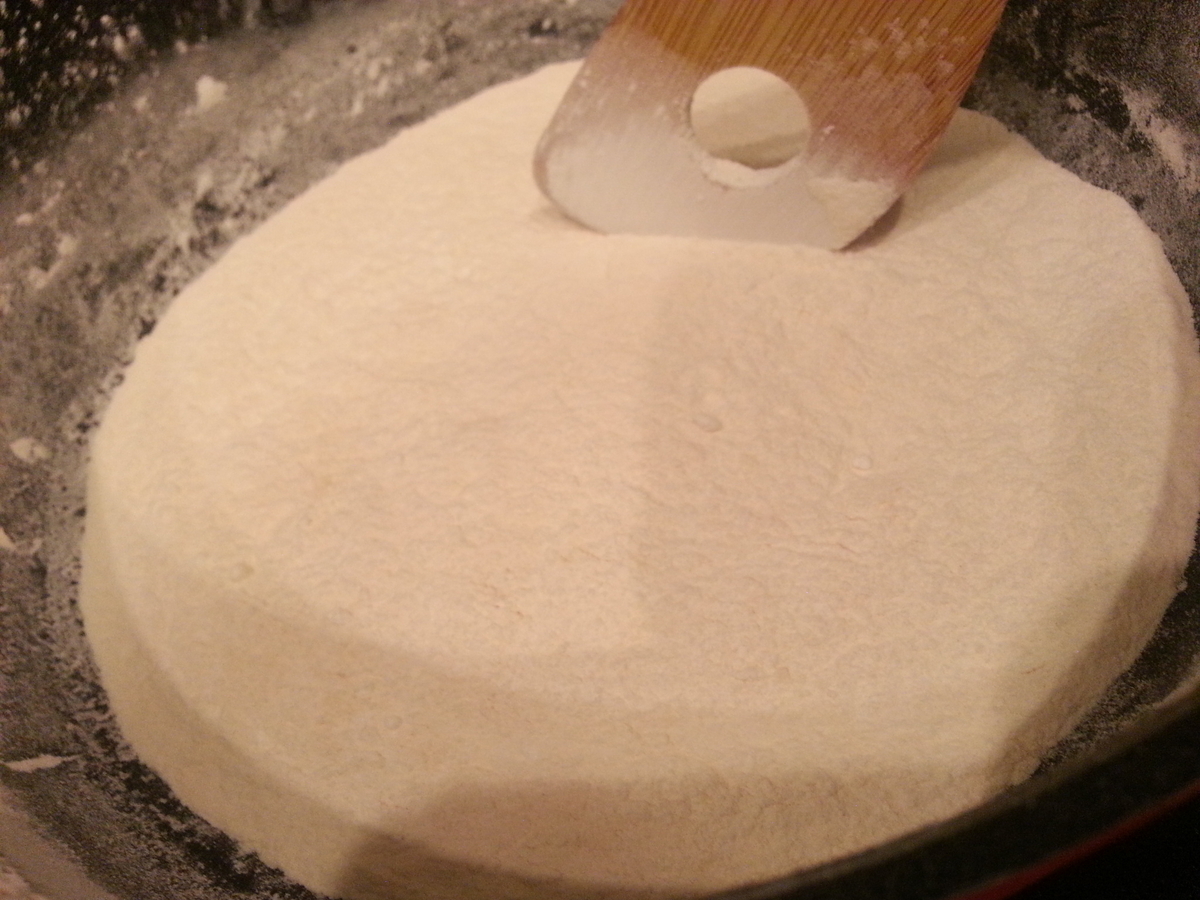
Separate the roasted flour into 1 cup portion (for the body) and 1/4 cup (for the batter).
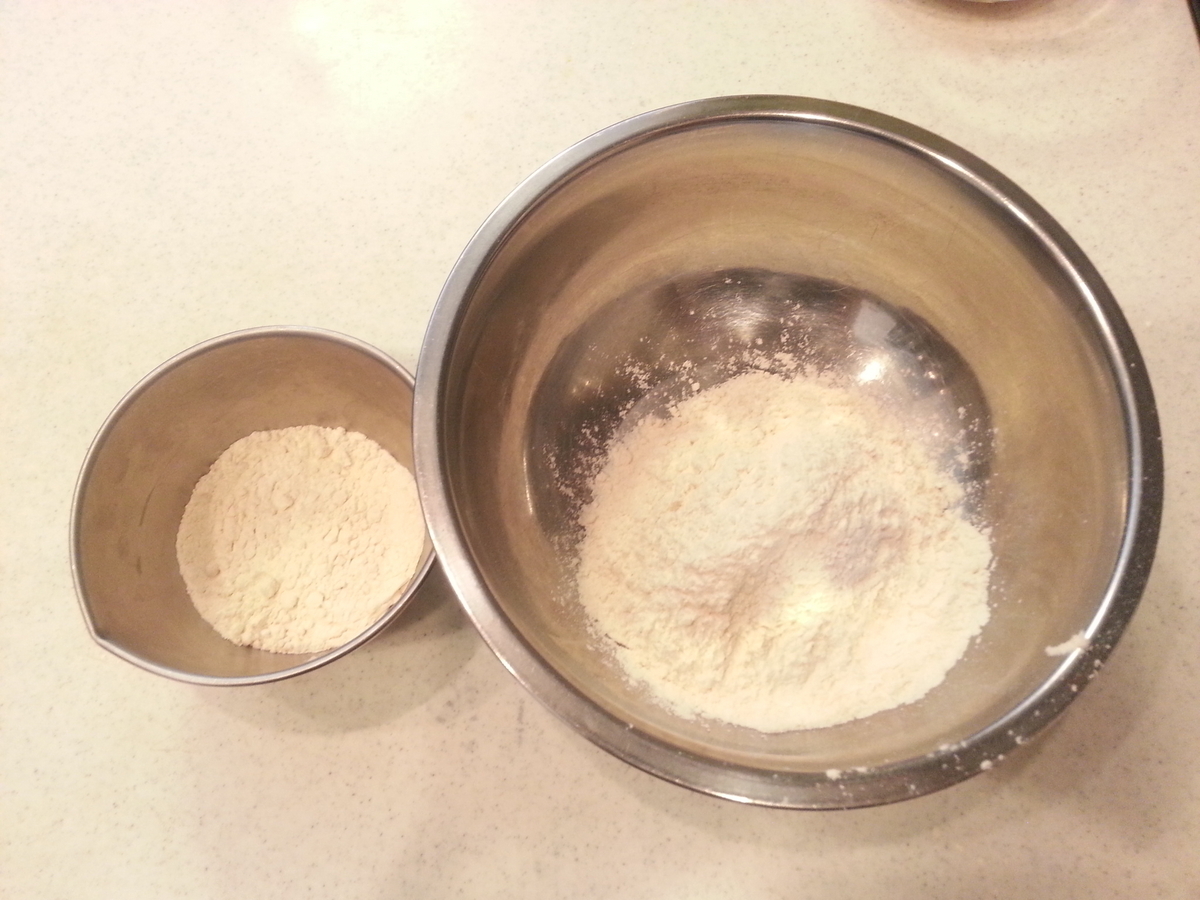
Teflon frying pan is recommended. Place the coconut milk, sugar, condensed milk and vanilla essence in the frying pan over medium heat.
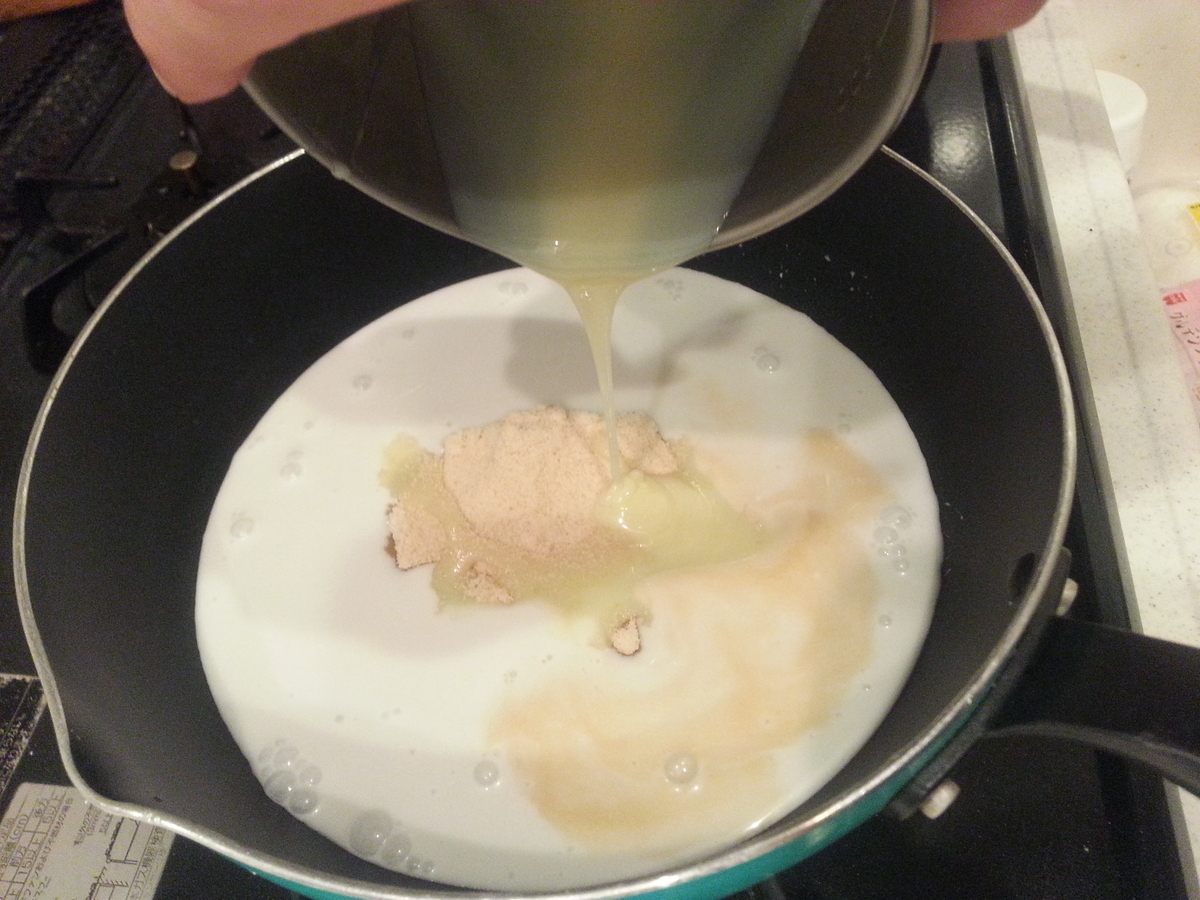
When the water boils and the ingredients you put in dissolve evenly,,
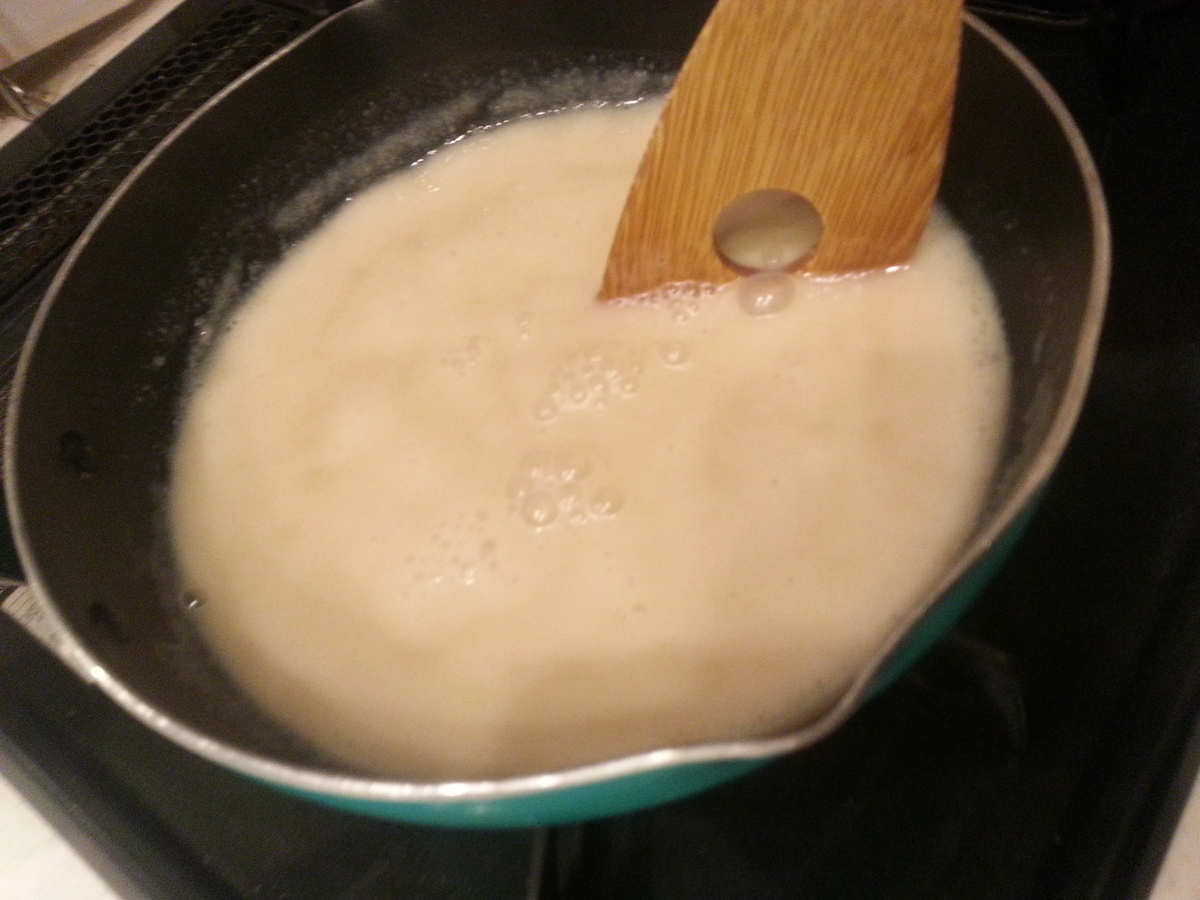
1 cup of glutinous rice flour is added!
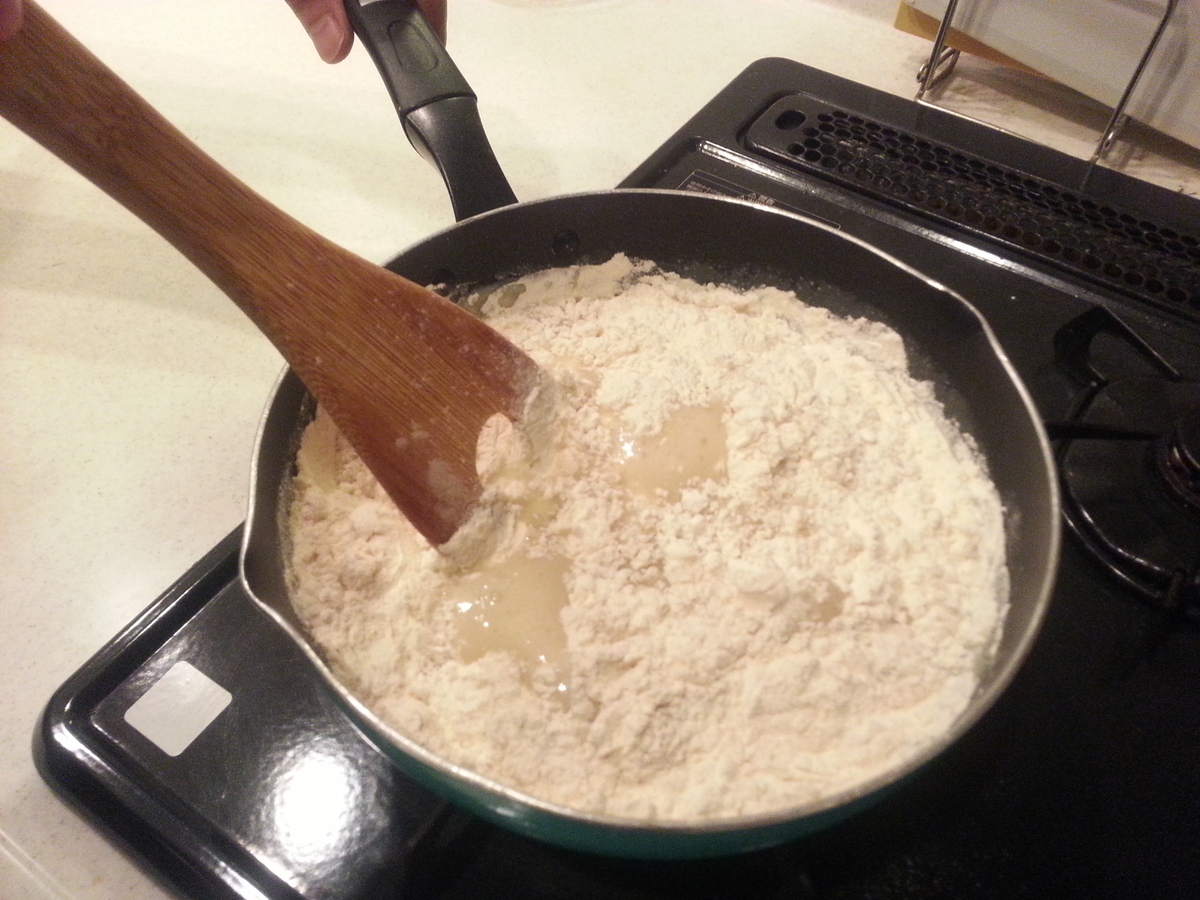
The Japanese ‘surikogi wood stick’ is very convenient. Heat for about 15 minutes while kneading.
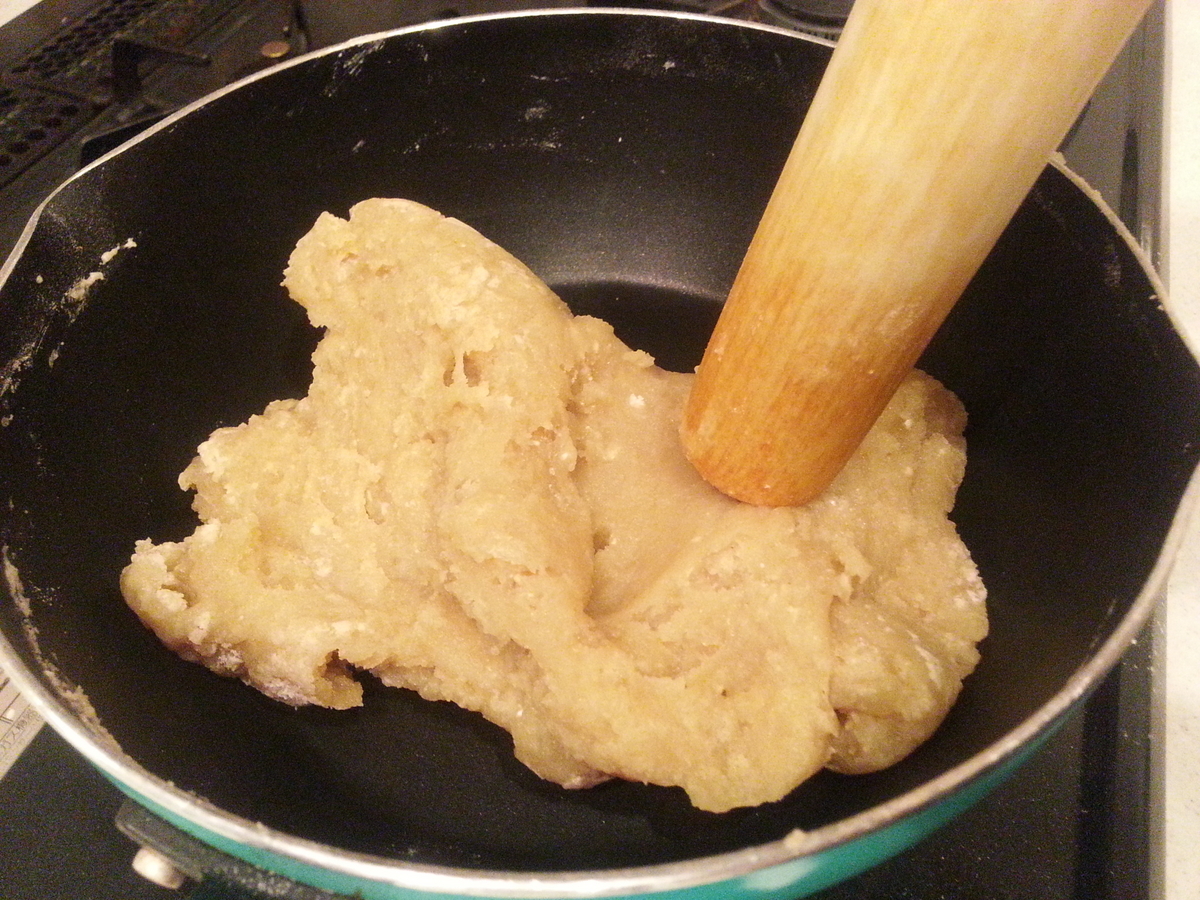
Here is the status after 15 minutes. The Espasol body is now ready.
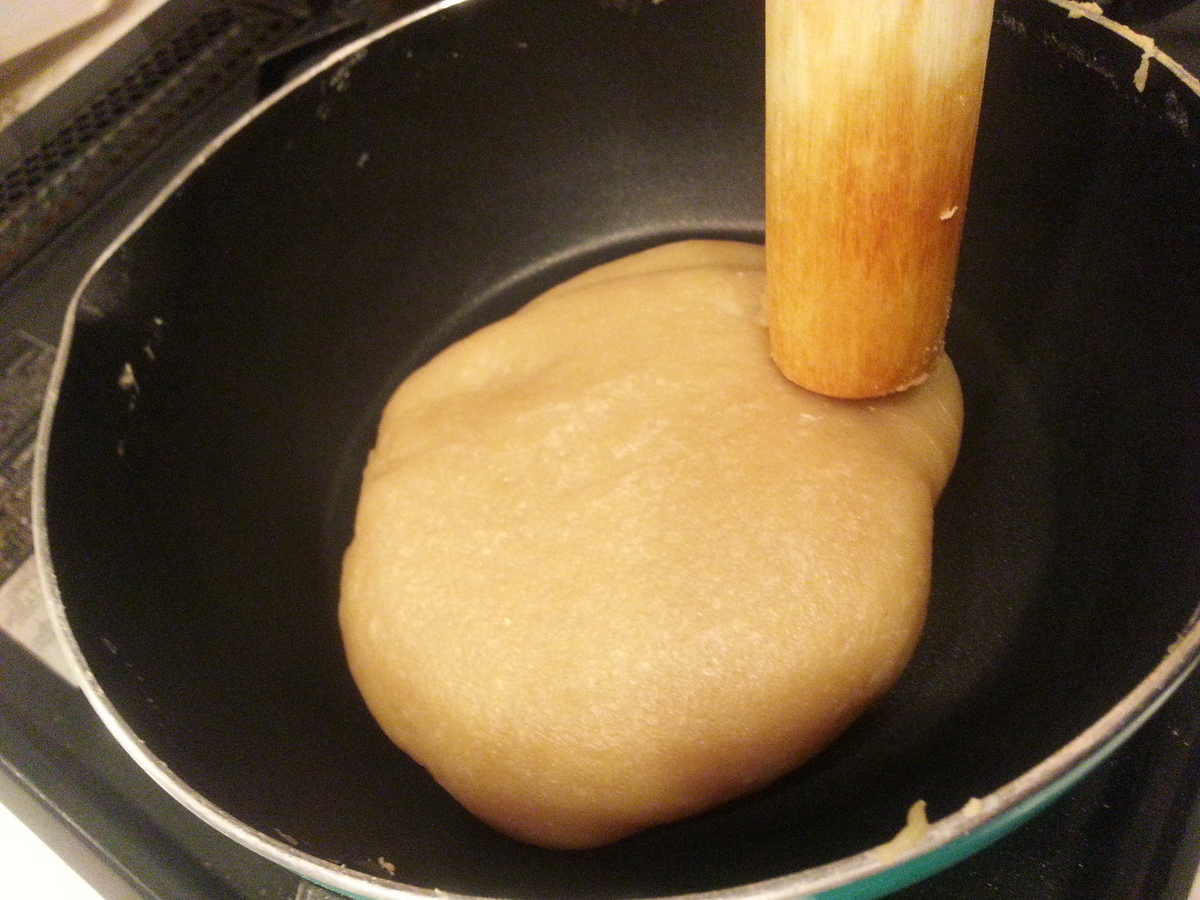
Spread half of the batter on the bat. The reason for using the flour is to prevent the espasol from sticking.
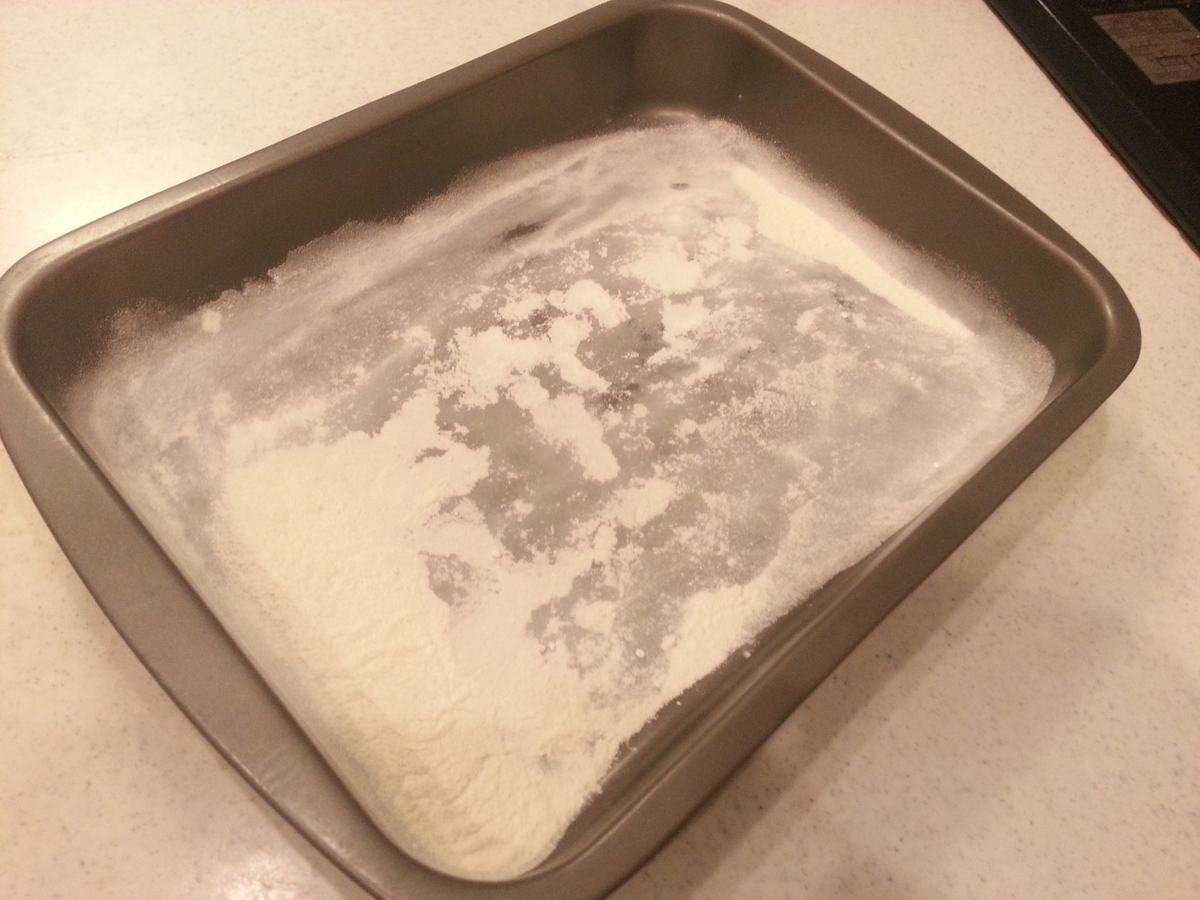
Place the Espasol on top of it and spread it evenly. As it is hot, I used a lightweight dish or similar to even it out.
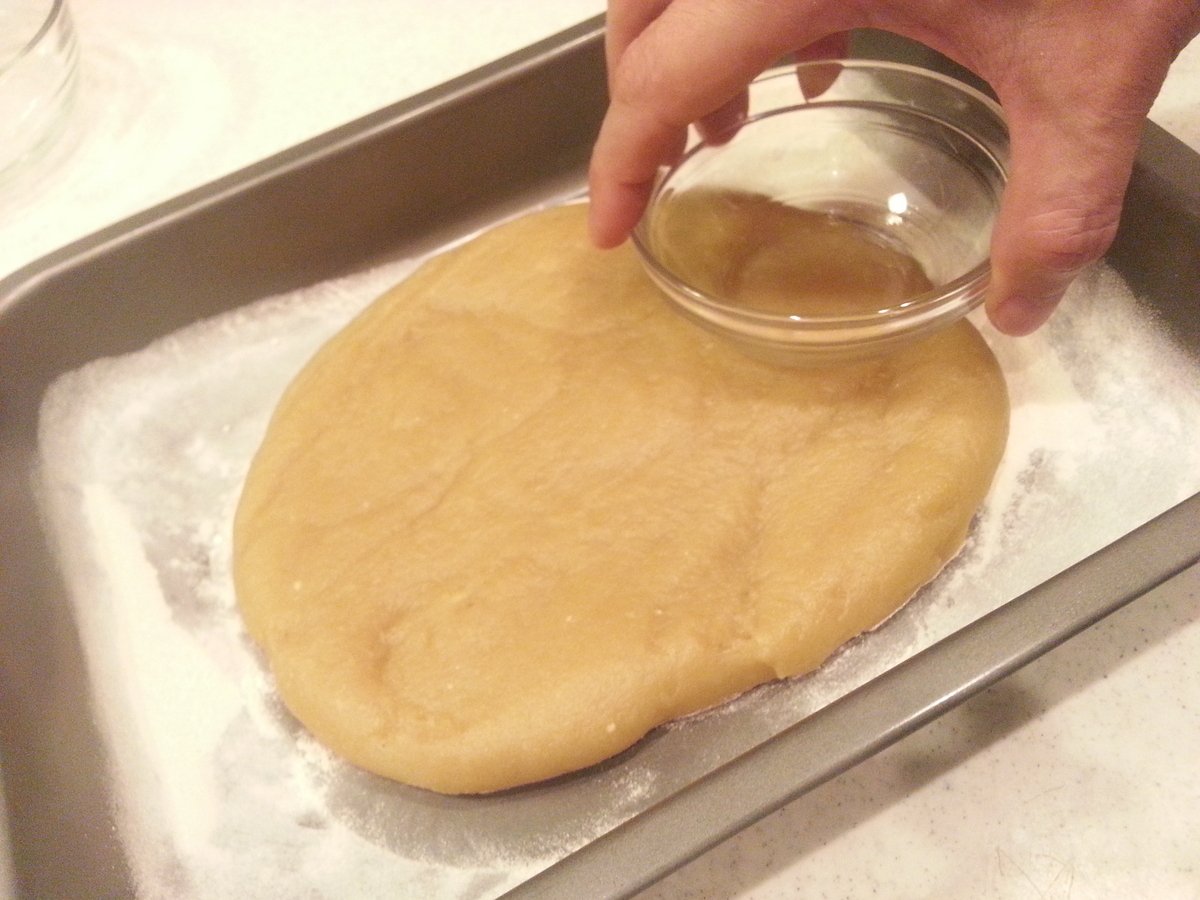
Sprinkle the other half of the batter over the espasol.
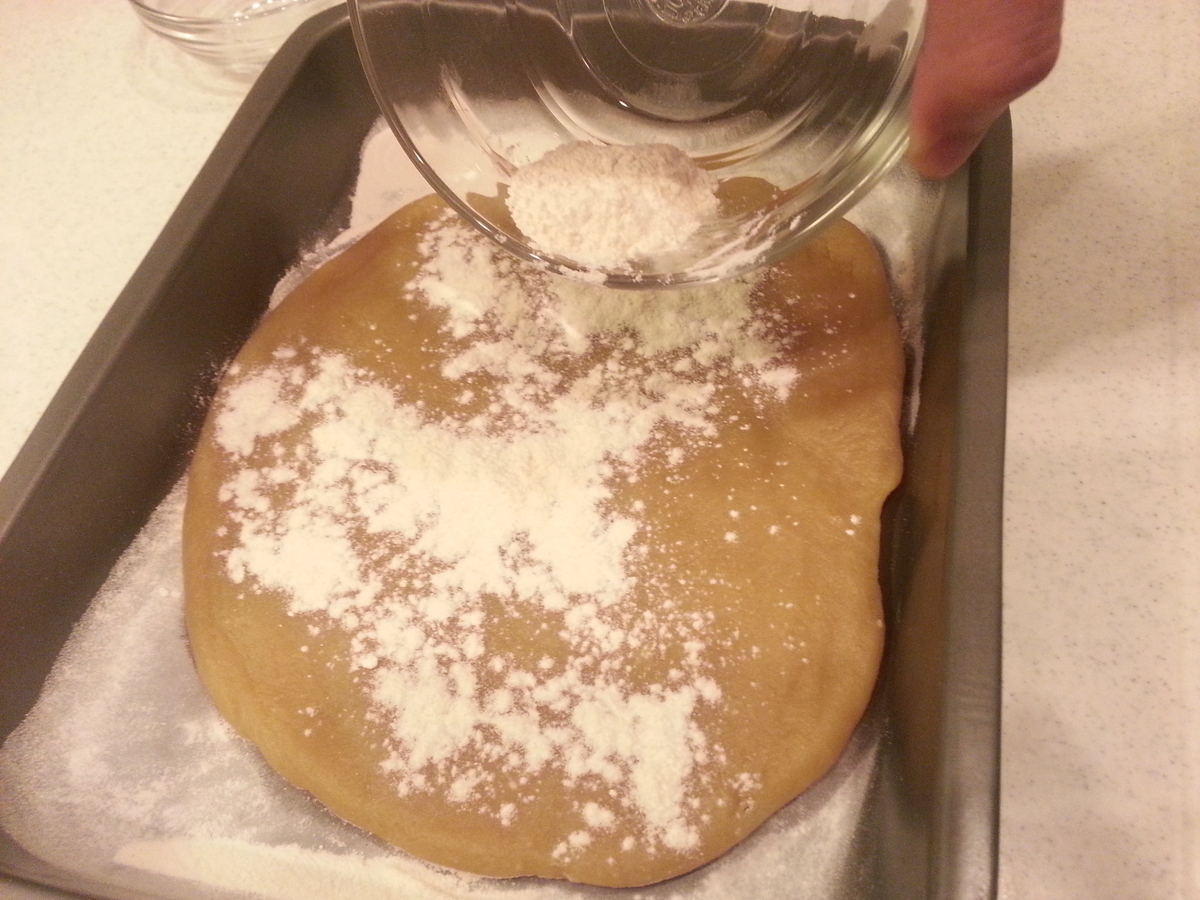
Aimed at a thickness of about 5 mm and spread evenly.
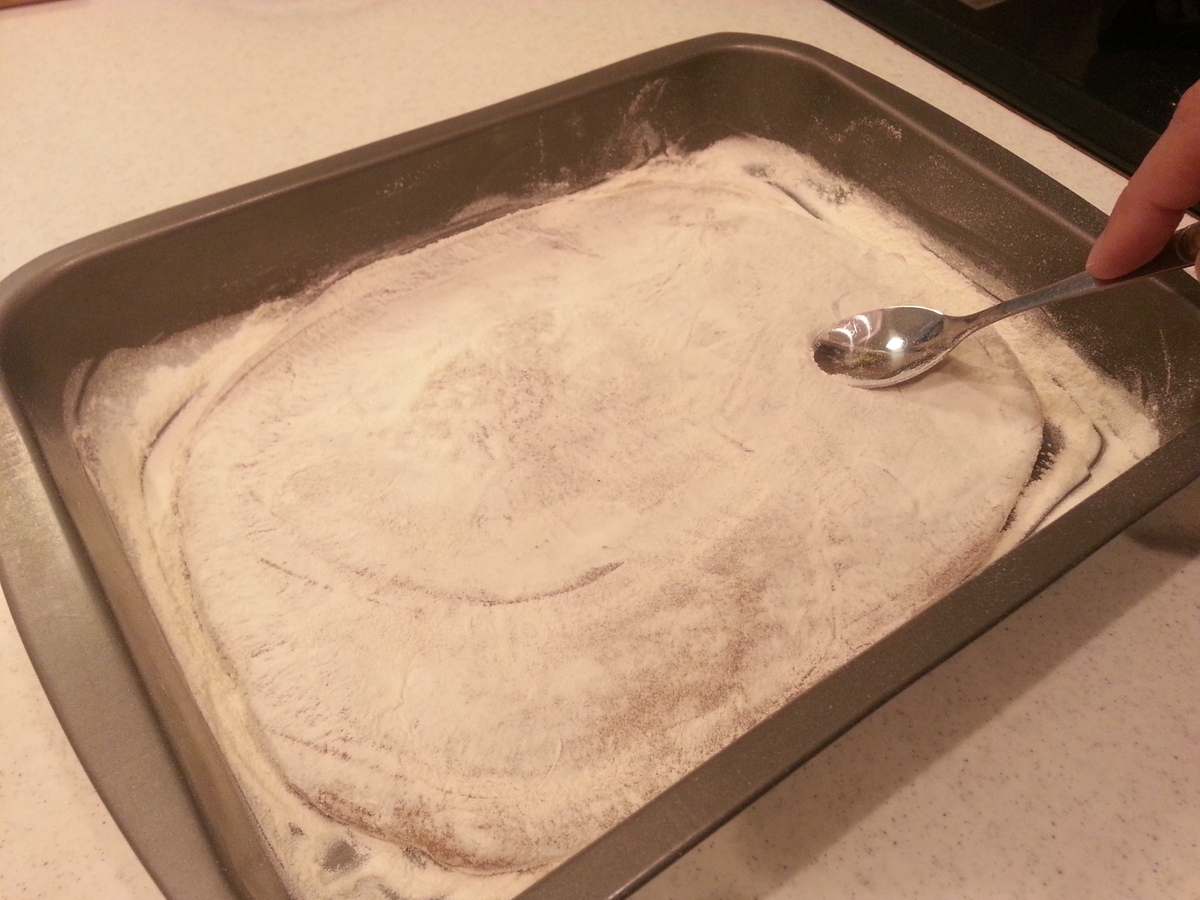
Then simply cut them into the desired size.
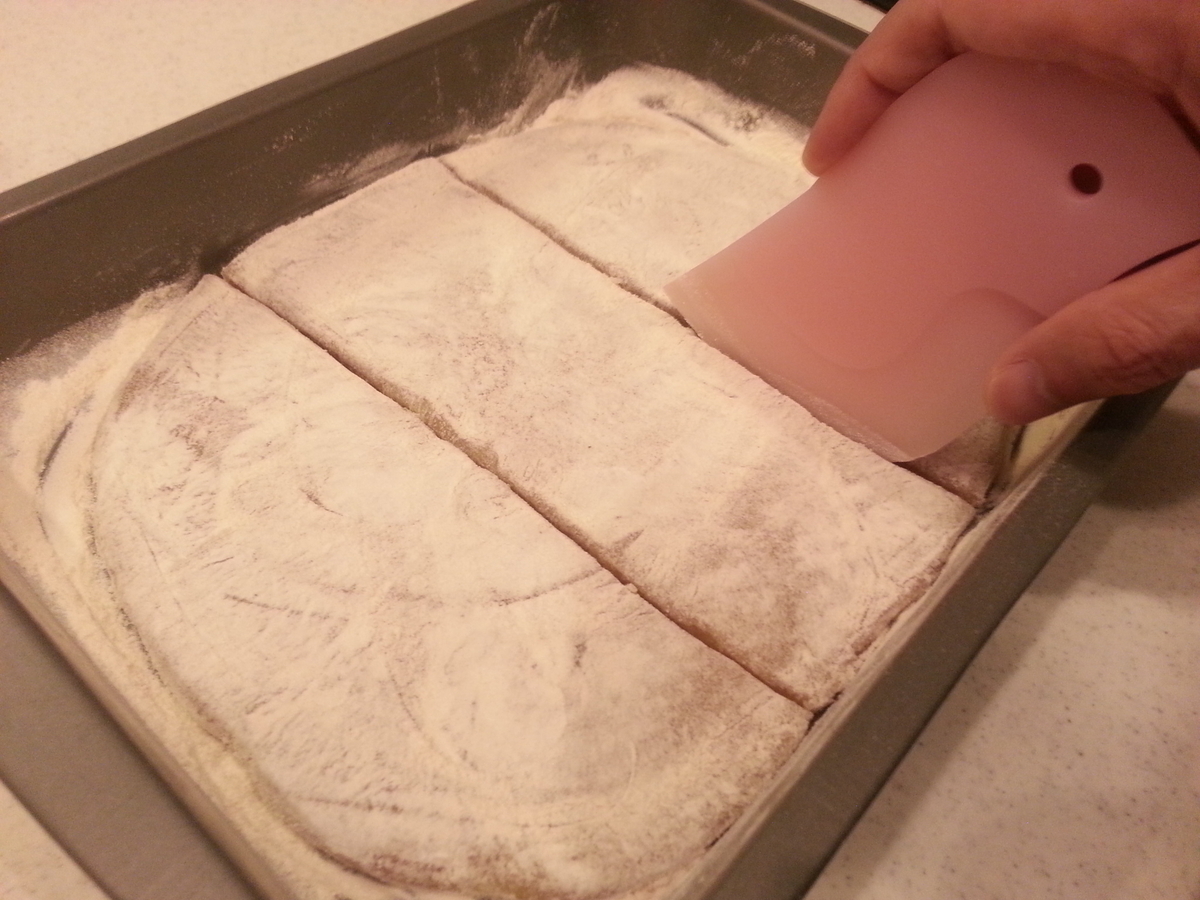
How about this.
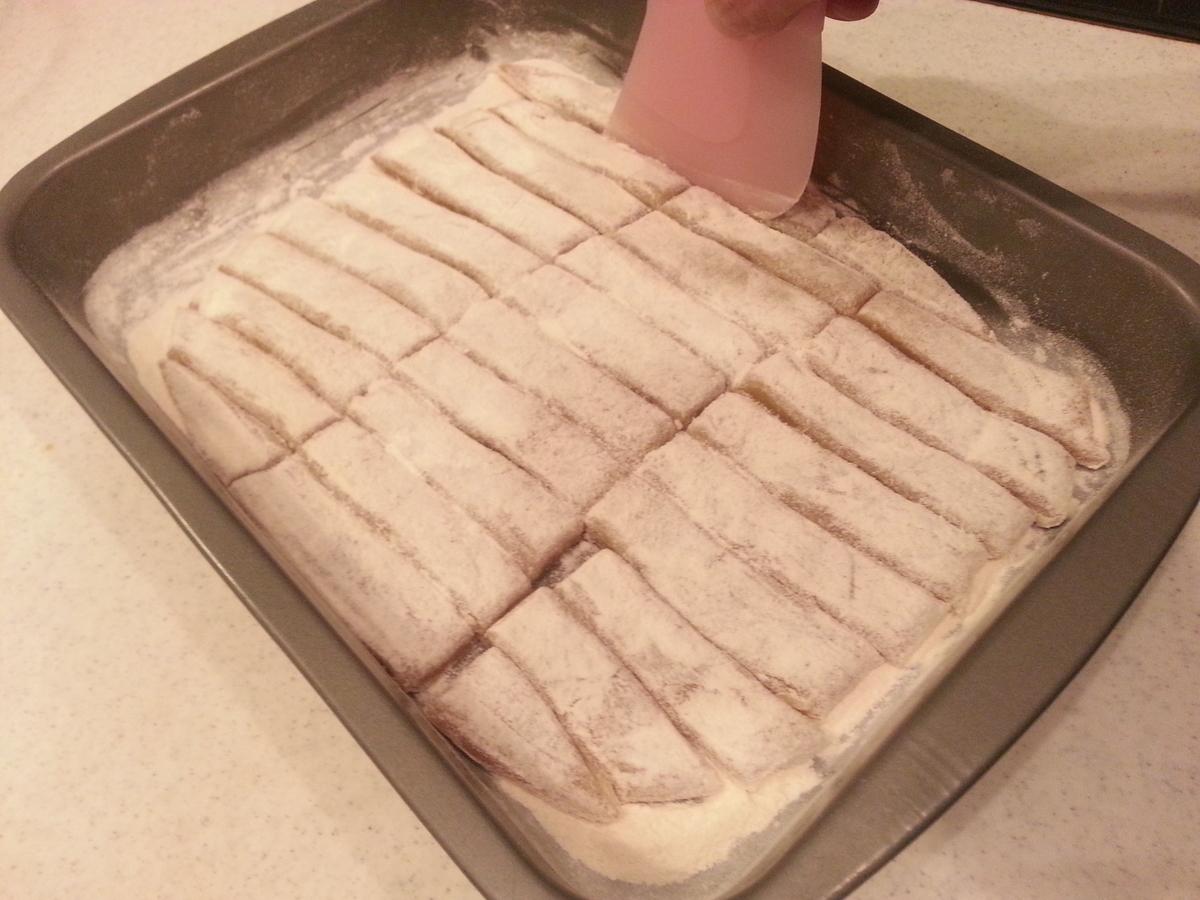
The delicious Espasol is ready!(*^-^*)

What does Espasol taste like?
I served it in a Japanese style like this.
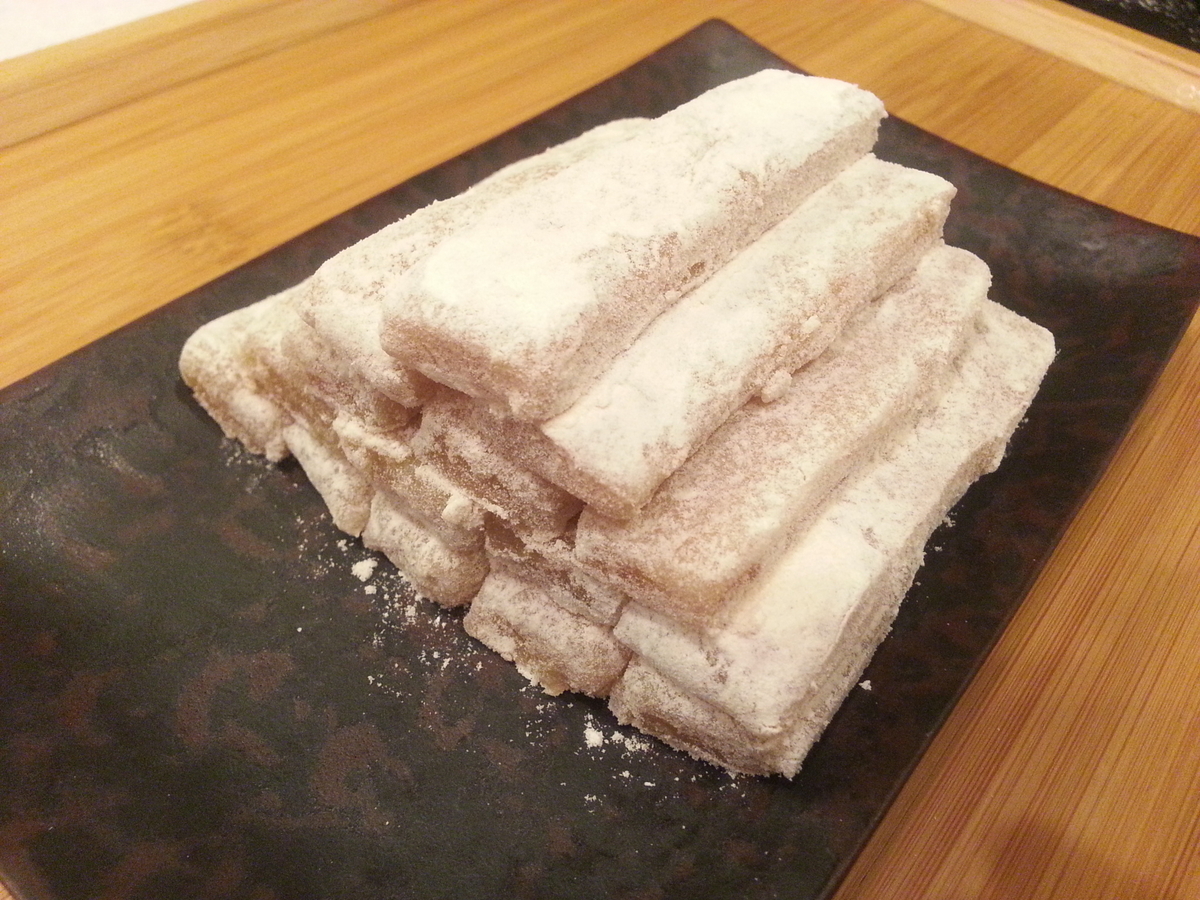
I will have it then.
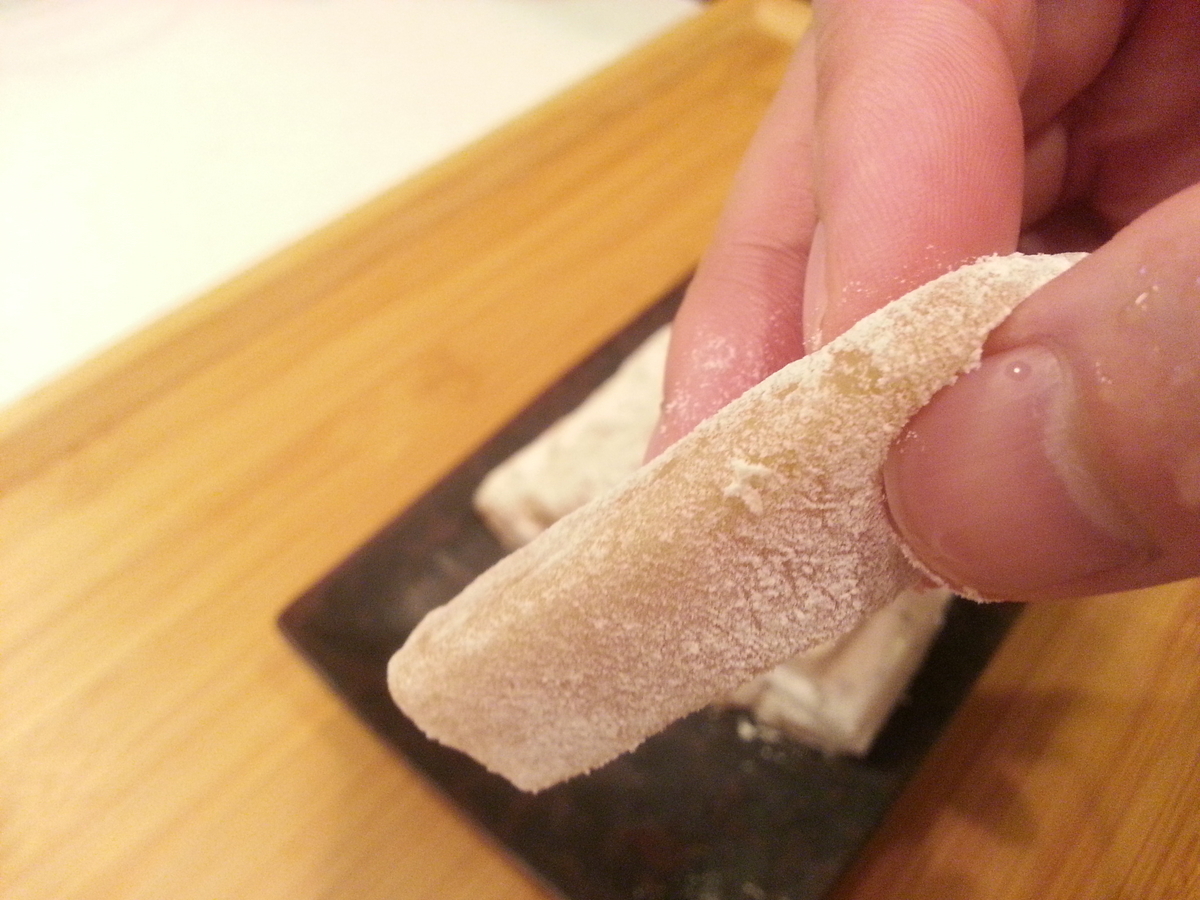
The more you chew, the more the gentle sweetness spreads in your mouth. It’s the harmony of the rice and coconut – delicious.
You can wrap them individually in cookie sheets.
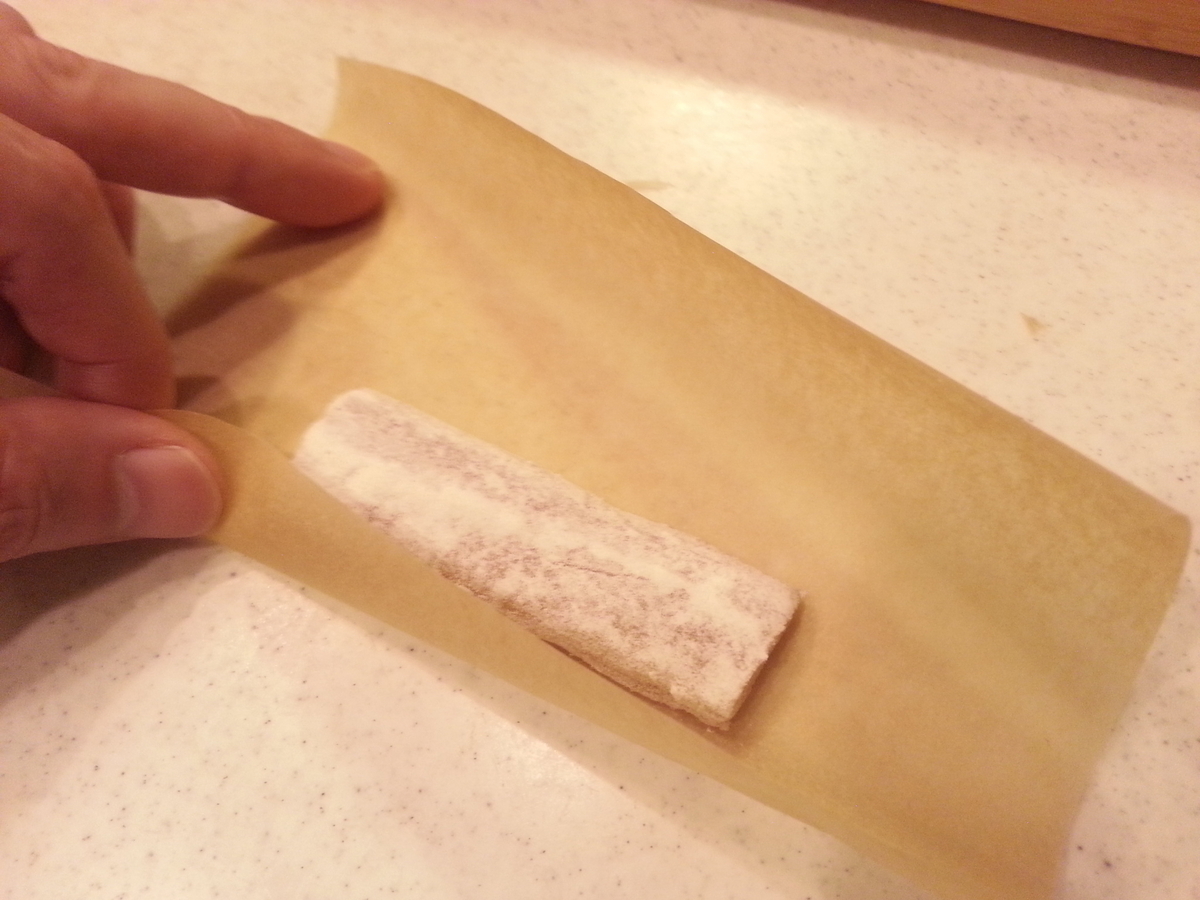
You could give it to a friend or it might be a good idea to do it with your lunch.
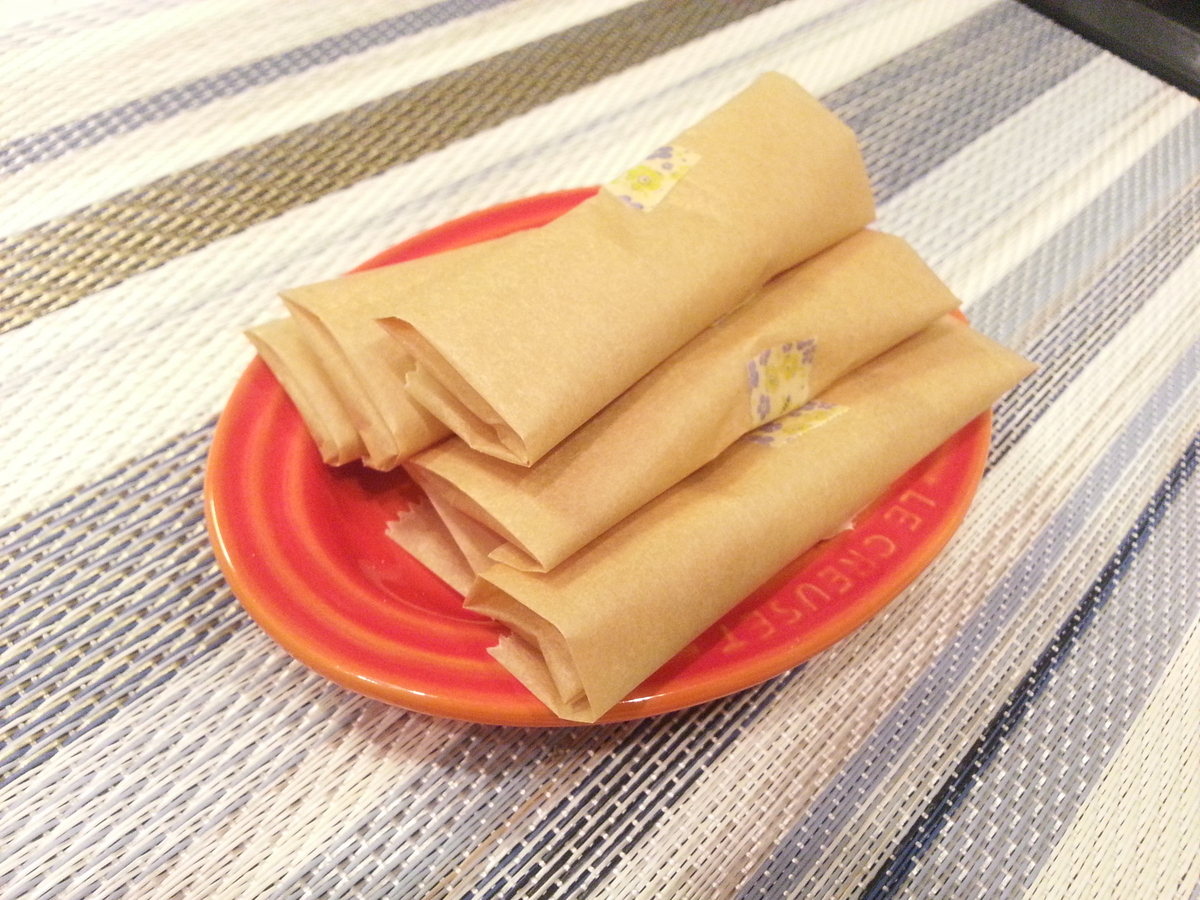
You can also put it in a dish like this and refrigerate it for a tighter and tastier flavour.
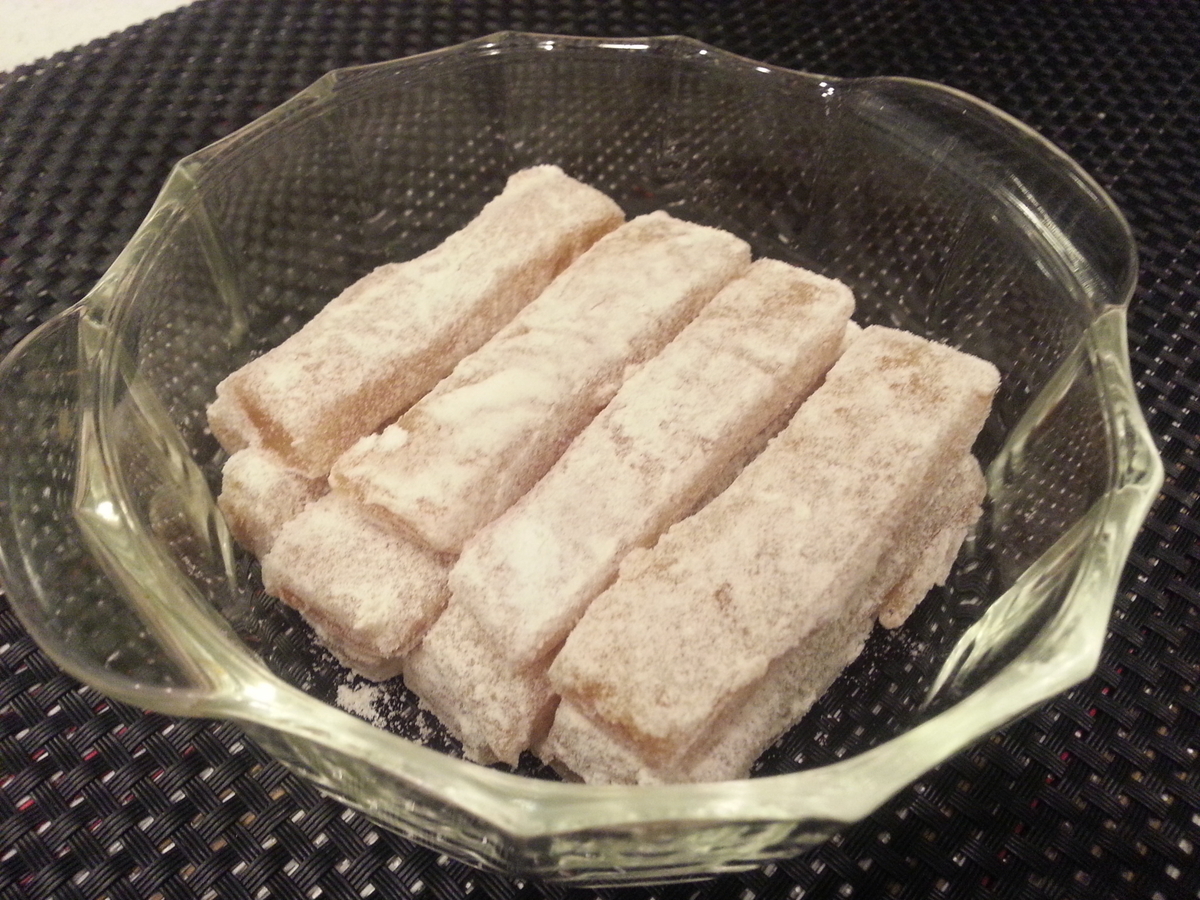
=スポンサーリンク=
Summary
This time, I introduced how to make the traditional Filipino ‘Espasol’. It is easy to make with ingredients available in Japan, so please give it a try. It is simple and delicious (^_-)-☆
You can find instructions on how to cook Filipino food here. Check it out if you like.


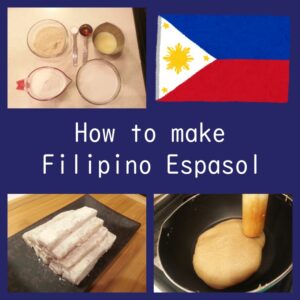
コメントお願いします(※は必須項目)